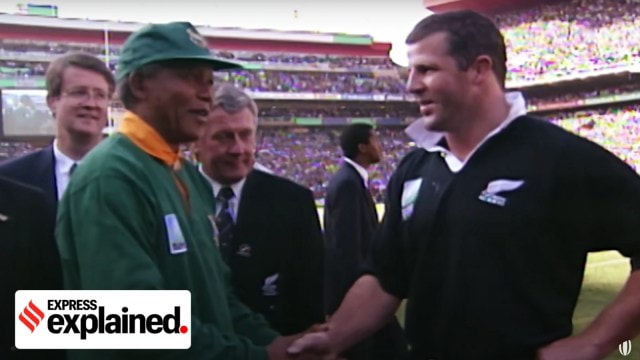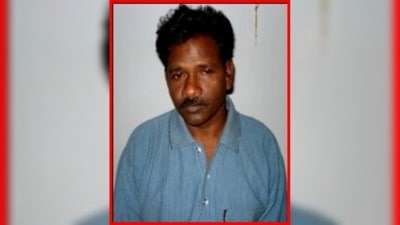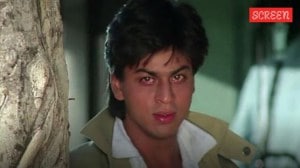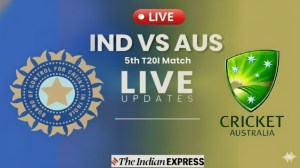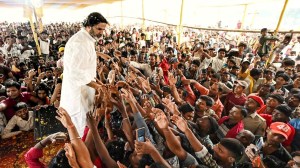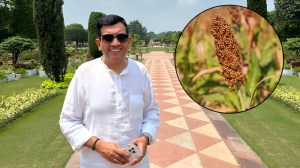Notwithstanding India’s enduring love for cricket, sports in general is often a force in itself: be it the competitiveness that divides people over longstanding rivalries, or the highs and lows of a game that unites millions of people.

Sports also have a political dimension, and politicians have long used it to further causes dear to them. One such leader was the late South African leader and former President Nelson Mandela. He once said, “Sport has the power to change the world, it has the power to inspire.” He added, “It has the power to unite people in a way that little else does. Sport can create hope where once there was only despair. It is more powerful than government in breaking down racial barriers.”
Story continues below this ad
How sports divides and unites
By itself, sports present a kind of raw power and technical capability that most people can be awed by. A gymnast pulling off a perfect routine, an archer hitting a bullseye or a cricketer leaping through the air to take the most difficult catch – all of these feats impress an audience visually.
Additionally, sports have been linked to regionalism and nationalism for long. Often, the most bitter rivalries in team sports are between teams whose countries share a contentious political or ethnic history. Pointing to this tendency, writer George Orwell described sports as “war minus the shooting.”
The case of South Africa
Simultaneously, high-stakes moments make for an opportunity where people can come together over a single, uncomplicated goal, of hoping for their team’s victory.
One such tactic was employed in South Africa, a nation which had suffered for decades under British colonial rule and an apartheid regime that made race-based discrimination a part of the government’s official policy. Black populations were made to live in particular parts of cities and had restricted access to most high-quality resources.
Story continues below this ad
In 1995, five years after apartheid ended, a Truth and Reconciliation Commission was set up to investigate apartheid-related crimes. It was believed this would help the country reconcile with its past and heal divisions.
A History Channel article notes that “Black South Africans wanted to destroy any symbols of the apartheid regime. High on the list: the Springbok, which had been the rugby team’s mascot—and the sport’s emblem of apartheid’s National Party—since 1906.”
“After the first free elections in 1994, all South African national teams had adopted a protea, the country’s national flower, as their emblem—except the rugby team. In a country where rugby was the great national pastime, the Springbok emblem with its green and gold colors wasn’t something many white South Africans were willing to give up,” it said.
Mandela and the 1995 Cup
The 1995 Rugby World Cup finals changed how the team was perceived, due to Mandela’s efforts to extend a peace offering of sorts.
Story continues below this ad
A CNN article that quoted portions of journalist John Carlin’s book “Nelson Mandela and the Game That Made a Nation” quoted him: “The day’s crowning moment came before the game had even begun, when Mandela went out onto the field, before a crowd of 65,000 that was 95% white, wearing the green Springbok jersey, the old symbol of oppression, beloved of his apartheid jailers.”
He wrote, “There was a moment of jaw-dropping disbelief, a sharp collective intake of breath, and suddenly the crowd broke into a chant, which grew steadily louder, of ‘Nelson! Nelson! Nelson!’”
Mandela’s support for the team was criticised by anti-apartheid activists who thought he was betraying the policy of boycotting the regime and its symbols, in an attempt to appease the white population, which also saw him with suspicion. However, Mandela was of the view that outreach was necessary to bring together the “rainbow nation”, bringing in the various groups that made it diverse.
The team’s victory in the final led to common celebrations. “When the final whistle blew, this country changed forever,” said team captain Pienaar years later, when Mandela died. When the team had won and was presented with the trophy, he was asked about the support that his team had received from 65,000 supporters. He then said, “We had 43 million South Africans today.”
Story continues below this ad
But that did not mean divisions that had existed for so long could be healed by only a gesture. For many years, the underrepresentation of Black players in the country’s rugby team was highlighted as a sign of a lack of progress.
“Just as Mandela’s gesture in 1995 was hailed as a metaphor for racial reconciliation in the nation, so rugby’s failure to transform is seen as a metaphor for disillusionment among Black people who gained political but not economic freedom,” wrote journalist David Smith in a 2015 Guardian column.

